Medicating your pet can be a daunting task, especially if they are not amenable to the situation. Each pet is different, and all require patience to find the best approach that will get their cooperation. Our team at Burlington Veterinary Center would like to give you advice to help ensure your pet receives the medication they need.
How do I give my dog oral medications?
Some dogs willingly take oral medication without fuss, but others tend to be more suspicious. If your dog has a more finicky nature, try these methods.
- Disguise the pill — Use your dog’s favorite snack, preferably something that has a strong odor, and hide the pill in the food.
- Play a game — Make several treats, medicating only one, and toss the treats to your dog. First toss an unmedicated treat, so they don’t get suspicious.
- Give everyone a treat — If you have several household dogs, they likely are competitive during treat time. Gather them all, and make your intention to pass out treats obvious so they get excited. Hand out the treats, ensuring the medicated treat goes to the dog who needs treatment.
- Be covert — Ensure your dog is occupied elsewhere, and does not see you preparing their medication.
- Pill them — If your dog will not willingly take their medication, you can pill them.
- Hold their muzzle gently using your subordinate hand.
- Hold their medication in your dominant hand, between your thumb and index finger.
- Tilt their head slightly back, and use the middle finger of your dominant hand to open their bottom jaw.
- Place the pill as far back in their mouth as possible.
- Close their mouth, and gently massage their throat.
How do I give my cat oral medications?
Most cats make medicating extremely difficult. If your cat acts like you are trying to poison them, try these medication methods.
- Make them groom — If their medication is a liquid or crushable pill, mix the drug with peanut butter or anchovy paste and smear the substance on their paw. Most cats will feel compelled to groom away all traces. Always check first with our veterinary professionals whether your cat’s pills can be crushed, because crushing causes some pills to lose their effectiveness.
- Pill them — You can pill your cat using the same technique described for dogs. Grasp their head from the back using your subordinate hand, crooking your thumb and fingers under their cheekbones. Follow the steps described for dogs.
- Give them liquid — Some cats take liquid medications more easily. You can dissolve crushable pills in water, or ask our veterinary professionals if their medication can be compounded to a liquid formulation. To give your cat a liquid medication, follow these steps:Pull the liquid up in a syringe, and hold the syringe in your dominant hand.
- Hold their head in the same manner for pilling, but do not tip their head back.
- Insert the syringe tip in the corner of their closed mouth.
- Slowly depress the syringe plunger, to allow them to swallow.
-
- Wrap them — If your cat uses their claws to avoid being medicated, wrap them in a towel before attempting to give them their drugs.
How do I give my pet eye medications?
Eye medications can be drops or ointments. To administer eye medications, follow these steps:
- Dogs — If your dog’s right eye needs medicating, make them lie on the floor or a table on their left side. Drape your right arm over your dog’s shoulder, and, using your left hand, pull their lower eyelid down. Use your right hand to administer drops in the pouch created when you pull the eyelid down. If using an ointment, squeeze out a small amount into the lower eyelid pouch. Gently massage the eyelid to distribute the ointment. Give your dog a treat after the procedure.
- Cats — If your cat’s right eye needs medicating, use your right hand to cradle their head, and your right thumb to pull down the lower eyelid. Administer the medications as described for your dog. Treat your cat after the procedure.
How do I give my pet ear drops?
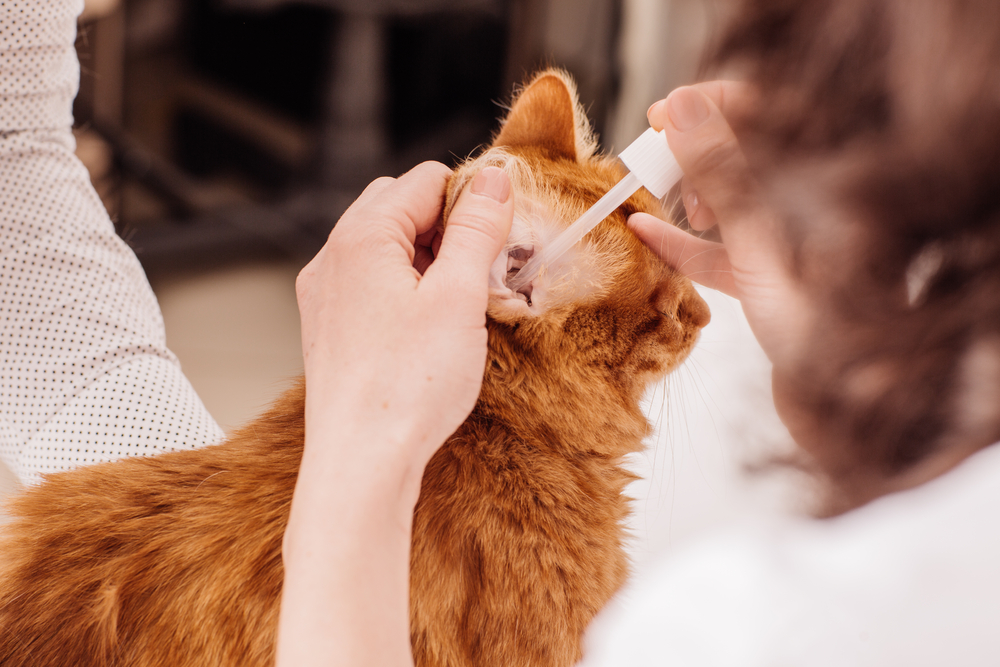
Pets often do not like having their ears handled, particularly if they are painful or uncomfortable. Handle you pet’s ears gently, and follow these steps to administer ear drops:
- Draw up the recommended amount, if necessary.
- Restrain your pet from behind. You may need to wrap your cat in a towel for this procedure.
- Hold the medication in your dominant hand, and your pet’s head in your other hand.
- If necessary, use the thumb on your subordinate hand to lift up the ear flap.
- Administer the medication in your pet’s ear.
- Gently rub the base of their ear in a circular motion.
- Release your pet’s head, and allow them to shake their head.
- Treat your pet after the procedure.
Medicating your pet does not have to be a painful process, and this advice will help ensure your pet always gets their medicine. However, If you are still having trouble medicating your pet, contact our Fear Free team at Burlington Veterinary Center, and let us help.



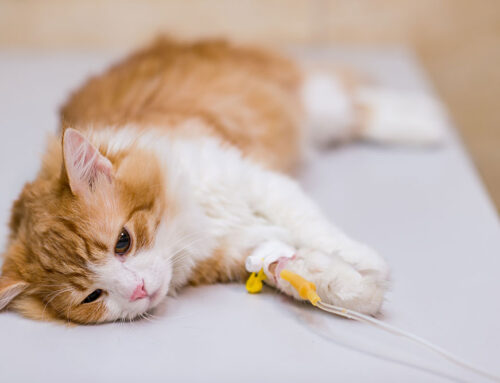
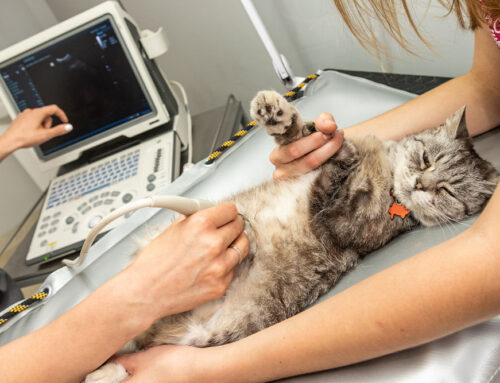
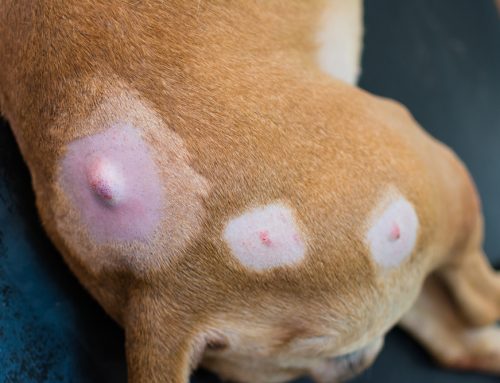
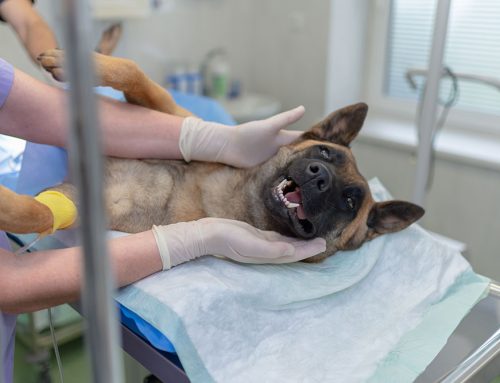
Leave A Comment